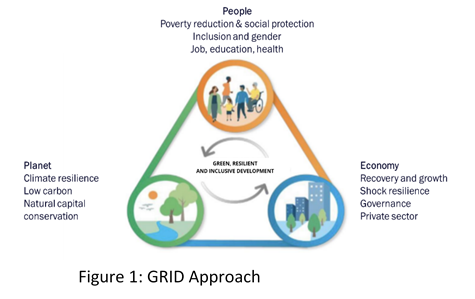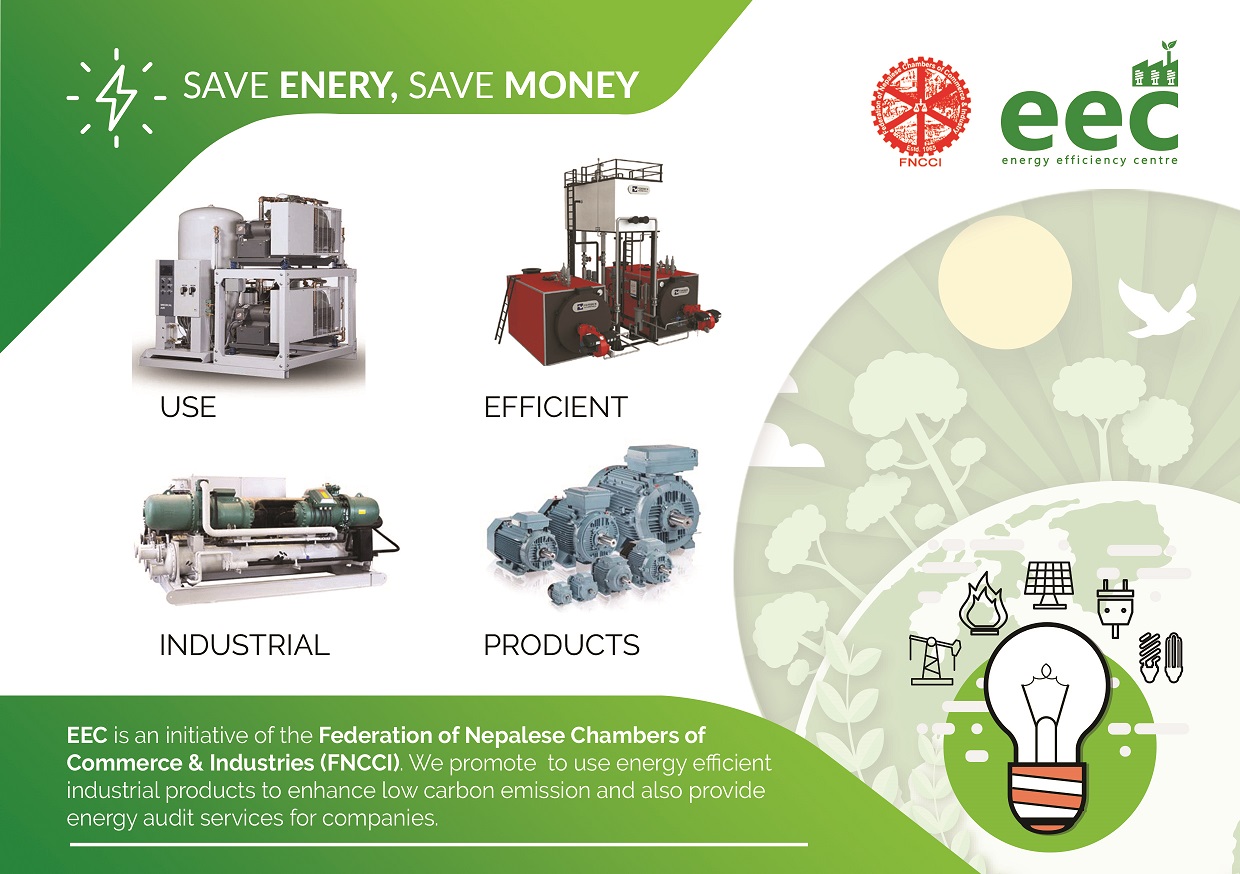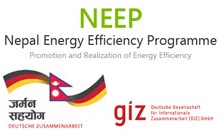
A systematic approach to improving the energy efficiency of boilers C rather than unsystematic improvements C involves a few simplified steps, as shown in Figure

A boiler system audit (see the simplified audit checklist in the Appendix) will likely reveal energy losses and inefficiencies. The objective of good energy management is to minimize them. The payoff can be significant in terms of both savings and emissions.
Figure 3 gives a practical hint as to where to direct energy-conservation efforts. However important the economic, efficient operation of the boiler system, it should not be examined in isolation. The following should be checked for further energy-saving and energy-reclaim opportunities:
- the heating needs and energy efficiency aspects of heat-consuming processes, products and equipment; and
- the heat distribution systems (such as steam and condensate).
Heat and energy losses in a boiler system can be reduced in several ways. Some, such as combined heat and power generation (cogeneration), are sophisticated and complex; others can be easily implemented and offer good payback.

Recent examples: A chemical plant is saving 0,000 per year by checking for, and replacing, all leaking steam traps. A plywood plant reduced its steam load by 2700 kg/h (6000 lb./h) by upgrading its piping insulation.
Lowering the systems steam pressure or water temperature to what the involved processes actually need can also reduce energy consumption.






By Longtail E MediaMar 28, 2020 at 9:09 pm
Longtail | Patandhoka | support@longtail.info
How much is this?